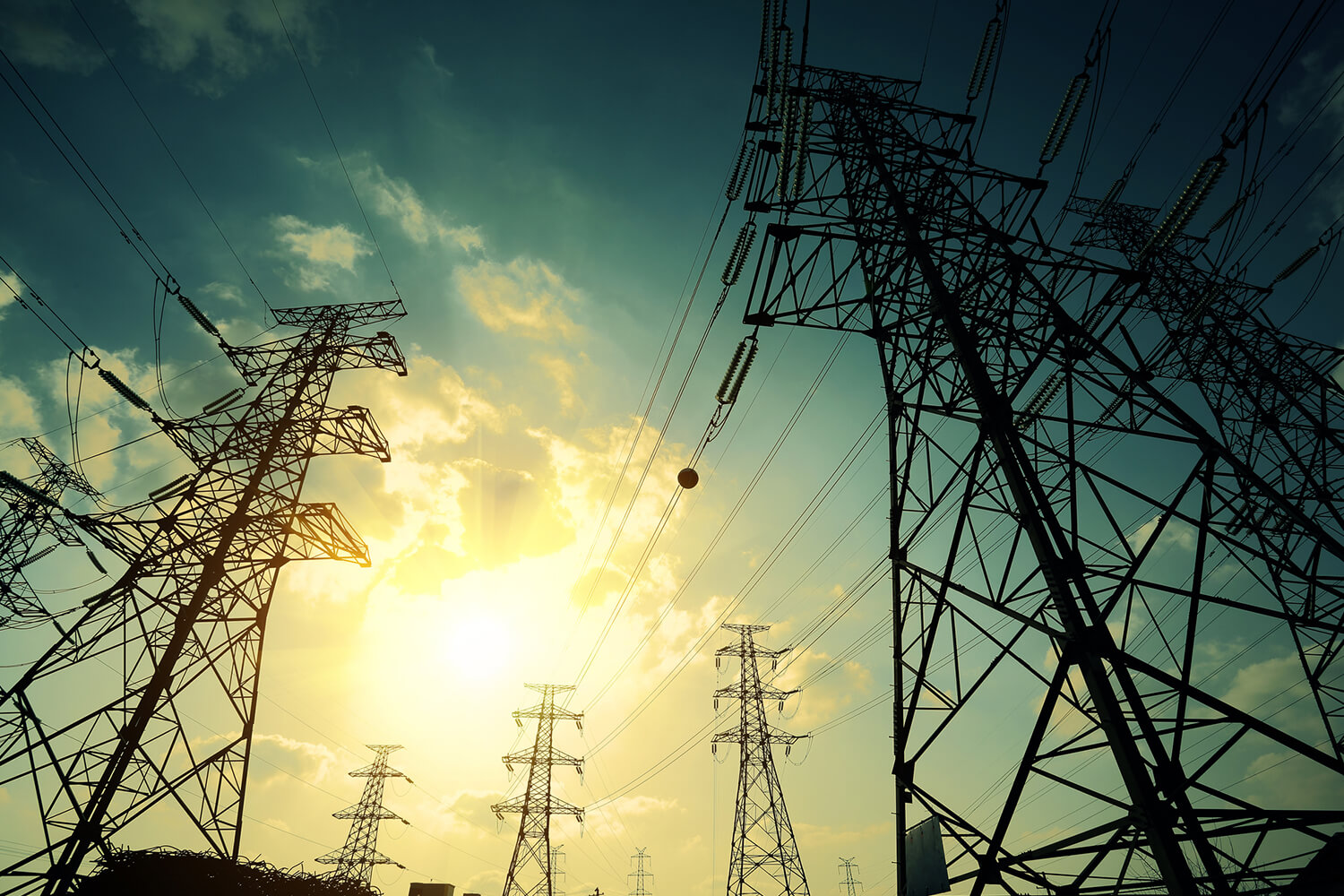Products
A VERITABLE SOLAR BOOM
Hungary is working hard to 'green' its electricity system and has seen a veritable solar boom in recent years. The pace of solar installations is forecast to continue and by 2025 there could be an additional 3.4GW of installed solar capacity, bringing the total to around 6.4GW.


TECHNICAL CHALLENGES TO BE SOLVED
This pace of solar expansion also brings with it a number of technical challenges that need to be solved: high renewable capacity will inevitably lead to periods of over- or under-generation in the electricity system, creating grid and security of supply problems and overall instability in the country's electricity system.
BESS ENERGY STORAGE SOLUTIONS ADDRESS ALL THESE CHALLENGES
- store surplus energy and make it available when you need it,
- the stored energy can be used directly in heating and cooling systems or in electromobility,
- a renewables, which enable CO2 reduction through energy storage, will be the real building blocks of the electricity system of today and tomorrow,
- energy storage improves the reliability, availability and efficiency of the grid's power supply,
- Ideal for systems where fast response times are important and high power needs must be met for short or medium periods (e.g. frequency control and load balancing)
FUTURE TOOLS IN RENEWABLE ENERGY
Optimum Solar Schedule and Storage Kft. offers various services for the Distribution System Operators (DSO) and for the Transmission System Operators (TSO):
Automatic Frequency Restoration Reserve (aFRR), also known as secondary reserve, is an electrical grid backup to help maintain the stability of the grid frequency. In order to keep the frequency within certain thresholds, the Transmission System Operators (TSO) activate balancing applications such as aFRR, which they receive from Balancing Service Providers (BSPs).
Specifications differ between countries, but following the European harmonisation of balancing markets, BSPs will have to ensure that they make the reserve available within 5 minutes (Total Activation Time). As a secondary reserve, the aFFR gradually replaces the Frequency Conservation Reserve (FCR) after 30 seconds, and the mFRR, the tertiary reserve, complements or partially replaces the aFRR after 12.5 minutes.
mFRR is a manual frequency restoration reserve that helps to stabilise the frequency of the power grid. In most countries, Transmission System Operators (TSO) are responsible for the procurement and activation of those. The mFRR (R3 or tertiary reserve) helps to restore the required 50 Hz network frequency (60 Hz in some countries). The tertiary control reserve intervenes when there are long-lasting deviations in the electricity network that cannot be solved by the other balancing services upstream (FCR or aFRR) alone.
According to the guidelines of the European Network of Transmission System Operators for Electricity (ENTSO-E), the mFRR should be fully operational after 12.5 minutes, with a minimum duration of 5 minutes. Different auctions determine which Balancing Service Provider (BSP) will reserve capacity and/or provide reserves in case of imbalance every quarter hour.
In the European Union, the Internal Electricity Balancing Market means that reserves are operated to continuously control frequency deviations (fluctuations) from the nominal value, to ensure the continued electrical balance of the entire synchronous system.